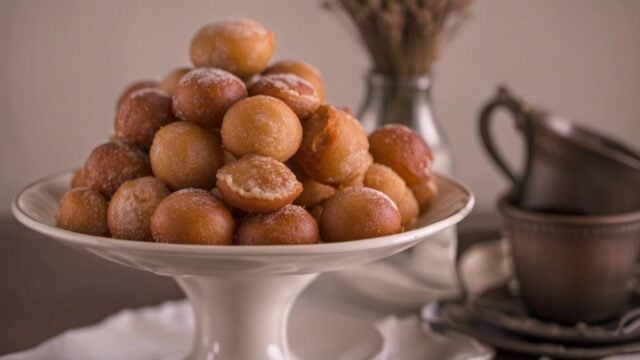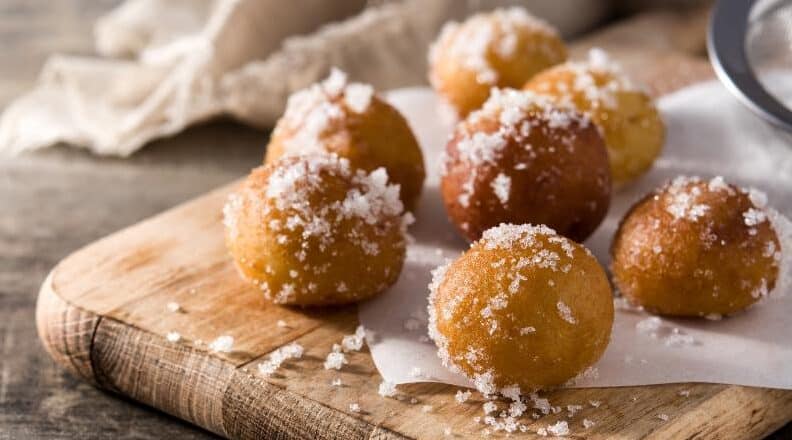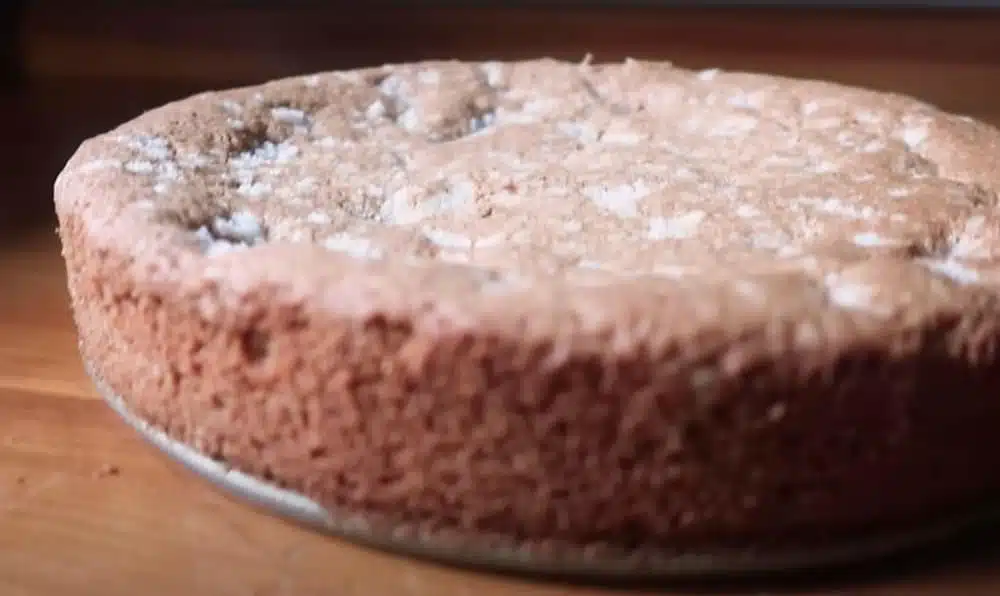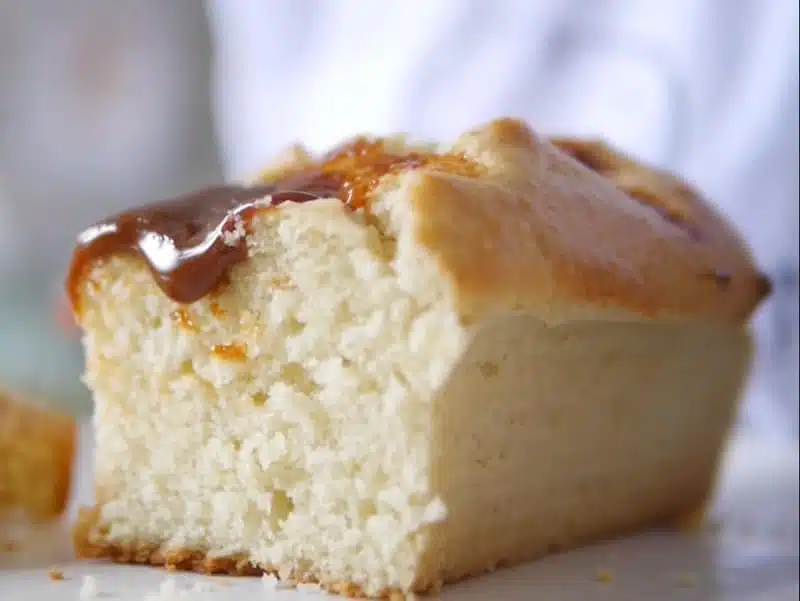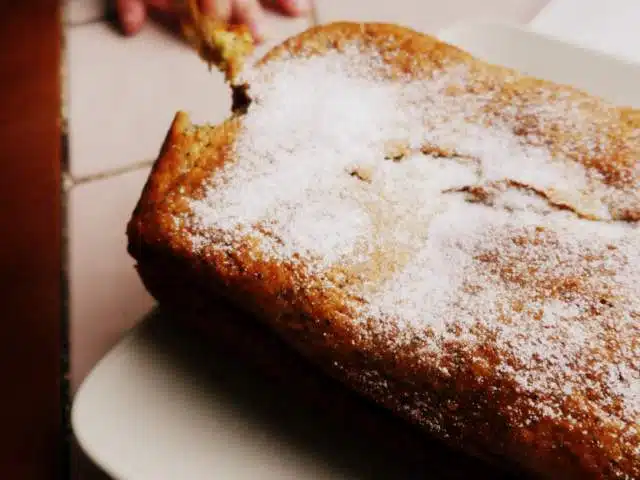Fly fly! As the song says: You don't need luggage, just try these incredible wind fritters . We are all fans of some kind of fritters but their peculiarity is that they are really lightly light.
They are actually eaten throughout the world and although wind fritters are known by that name in Spanish -speaking countries, otherwise they are known in another way. In Italy they are called "Zeppole" , in France "Beignets Soufflés" , and in Portugal "Sonhos" . And today we are going to call them homemade because yes, we are going to do them at home.
Content table
About wind fritters
It is believed that the fritters were already consumed in ancient Rome and at the time of the Middle Ages ... they will already imagine that in so many years the recipe was perfecting in many ways. While they have European origin, they are also very dear in several Latin American countries.
Traditional Spanish wind buñuelos
Wind fritters are a delicious fried, spongy and light dessert that is very popular in Spain and other Spanish -speaking countries. These fritters are characterized by their soft texture and their hollow interior, similar to a small ball of air.
Wind fritters have a long tradition in Spanish cuisine and are especially associated with Carnival and Holy Week celebrations. However, they can also be found in pastries and homes throughout the year.
The exact story of the origin of wind fritters is difficult to track, since similar fried sweets have been a part of gastronomy in different cultures for centuries. However, it is believed that they have a long history in Europe , especially in Spain , where they have been part of the culinary tradition for many centuries.
The fritters, in general, have their roots in medieval Arab cuisine , where sweet and salty fritters were already made. Over time, these preparations extended through Europe and became an important part of Spanish cuisine. It is likely that the traditional recipe of wind fritters has evolved over time, perfecting its preparation technique, until it becomes the dessert we know today.
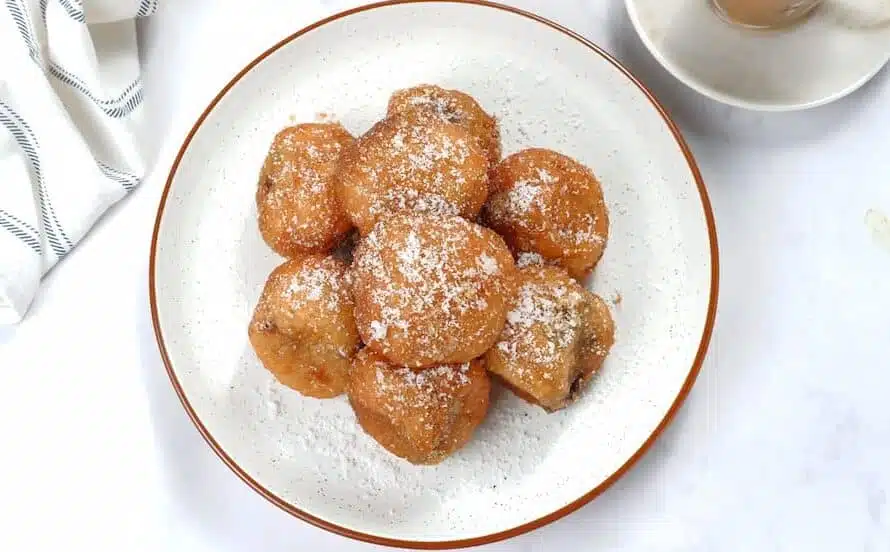
If they wondered why are they called wind fritters?
The name " Wind Buñuelos " has its origin in the spongy and light characteristic of these delicious sweets. The word "wind" in this context refers to the presence of air or gas inside the fritters.
When they are fried in hot oil , the dough contains small trapped air bubbles, which causes fritters to inflate and acquire a soft and spongy texture, similar to a small air ball. This quality has led to the comparison with the air or the wind, which resulted in the name " Wind Buñuelos ".
Air fritters and holy fritters are terms that are also used to refer to wind fritters in some Spanish -speaking regions. In essence, they are the same: small balls of fried and spongy doughs . The difference can file in the presentation or type of filling given to the fritters, which can vary according to the local tradition.
The Special Tool for Wind Buñuelos
To make wind fritters , a specific tool or utensil is required to form the mass portions before frying them. This tool is commonly known as "pastry manga." A pastry manga is a pastry device consisting of a fabric or plastic bag with a nozzle at one end.
The dough of fritters is placed inside the pastry bag, and then squeezed through the nozzle to form small portions in hot oil. The pastry manga allows to shape the wind fritters in a precise and uniform way, which facilitates the process of frying and guarantees that the fritters have their spongy and hollow characteristic .
Clarification before going to the recipe for wind fritters
When fritters do not rise properly during the frying process, they can have several possible causes. One of the main reasons may be the excess or lack of yeast in the dough. If there is too much yeast, fritters can be excessive and become dense or gummy.
On the other hand, if there is not enough yeast, fritters can be flat and not develop their spongy characteristic.
Another cause can be the oil temperature . If the oil is not hot enough, fritters can absorb more fat and not rise properly. It is also important to ensure that the dough is not too liquid , since this can also affect the ability of fritters to correctly inflate.
Sometimes, problems with the frying technique or the way in which fritters are placed in the oil can affect their ability to climb. If wind fritters are stirred or move too much while frying, they can collapse and not acquire their spongy texture. The same happens with all types of fritters like pumpkin fritters .
Now we have all the tools and data to make the best fritters in the wind that will try.
Follow on Instagram ( here )
look at a related recipe on YouTube ( click here )
Wind Buñuelos Recipe
Yield : 20 fritters
Preparation time : 40 minutes
Ingredients
- 250 ml of water
- 100 gr of butter
- 150 gr of wheat flour
- 4 eggs
- 1 pinch of salt
- Frying vegetable oil
- Glas sugar
How to make wind fritters
- In a saucepan, bring water, butter and pinch of salt to a boiling. Reduce the heat and add all the flour, remove quickly with wooden spoon to form a ball. Remove from heat and let cool for a few minutes.
- Add the eggs one by one, making sure to add before adding the following. When the dough is soft and homogeneous, put in a pastry bag.
- Heat plenty of oil in a large pan over medium heat. With the pastry bag form small balls of the size of a nut in the hot oil quite separate since they need space to inflate.
- Fry for 3-4 minutes until they get infected and do golden. Remove with a sparkling and place on absorbent paper to remove excess oil. Sprinkle with icing sugar while they are still hot.
- Serve hot wind fritters.
